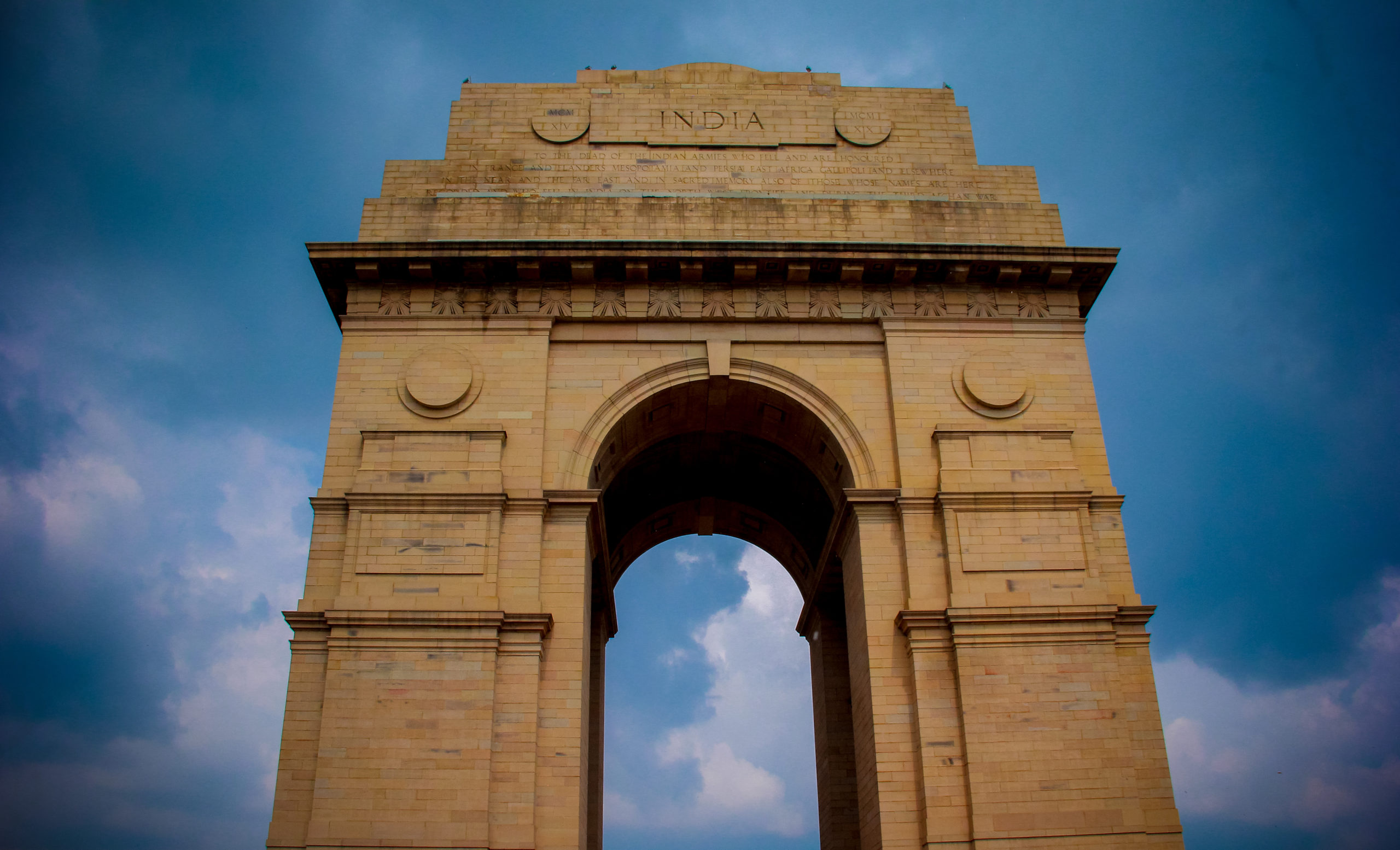Introduction
On April 9, 2025, the Hon’ble Supreme Court in R. Nagaraj (Dead) Through LRs & Anr. v. Rajmani & Ors.[1] (“R. Nagaraj’s Case”), brought closure to a decade-long property dispute, setting aside the order passed by the Hon’ble High Court of Judicature at Madras (“Madras High Court”), restoring the concurrent findings of the trial and appellate courts. Finding the suit time-barred, the Court highlighted the judiciary’s responsibility to dismiss stale and frivolous claims, even in the absence of a limitation plea by the defendant.
This judgment is a critical reminder of the importance of procedural rigour in civil litigation, particularly regarding limitation law. More broadly, it reiterates the need for litigants to consider time-efficient resolution strategies such as ADR mechanisms, wherever possible, to avoid litigation delays.
Background
The case, which stems from a longstanding property dispute among members of a joint Hindu family, originated from a decree passed in 1965 in suit bearing O.S. No. 851 of 1965 (“First Suit”). The decree granted in favour of Sunderammal and Vennila – wife and daughter of Mr. Samiappan Gowdar –awarded them maintenance against Samiappan, his father, and brother Mr. Dasappa Gowdar. Pursuant to this decree, the family property was attached and auctioned in 1970 and was purchased by Mr. Karivarada Gowdar. Eventually, the possession was handed over and the sale confirmed.
After 17 years, in 1982, the wife and daughter of Dasappa Gowdar filed a fresh suit bearing O.S. No. 257 of 1982 (“Second Suit”), seeking the following reliefs: (i) setting aside the decree passed in the First Suit, (ii) claiming partition of the auctioned and sold family properties, (iii) an injunction restraining the current owners from creating any third-party rights relating to the property being sold. The Plaintiffs in the Second Suit claimed that they were unaware of the First Suit and alleged that the decree in the First Suit was obtained fraudulently.
The Trial Court and the First Appellate Court dismissed the Second Suit as time-barred, noting that the Plaintiffs were not only aware of the First Suit but had also voluntarily participated in the proceedings.
In 1998, the Plaintiffs filed a Second Appeal before the Madras High Court. After 22 years, the High Court allowed the Second Appeal, remanding the matter to the Trial Court on the ground that it had failed to frame an issue on limitation, and directed it to conduct a fresh trial on the issue. This order was subsequently challenged before the Hon’ble Supreme Court.
Analysis by the Hon’ble Supreme Court
After considering the merits of the case and hearing both parties, the Hon’ble Supreme Court set aside the order passed by the Madras High Court and held the following:
- Section 100 of the Code of Civil Procedure, 1908 (“CPC”),[2] empowers the High Courts to hear second appeals only on substantial questions of law. Once such a question is framed, it must be adjudicated on merits. However, in this case, the Madras High Court erred by not answering the question framed at admission and instead remanding the case solely on the basis that a separate issue on limitation had not been framed.
- The High Court erred in considering that both the trial and appellate courts had comprehensively addressed limitation based on pleadings and evidence. Despite no distinct issue being framed, the trial court examined Article 59 of the Limitation Act, 1963[3] (“Limitation Act”), and held the suit delayed by 17 years. Furthermore, nothing showed that the Plaintiffs in the Second Suit were unaware of the proceedings of the First Suit.
- Reiterating that Civil Courts are duty-bound to dismiss suits barred by limitation, even if not specifically pleaded, the Supreme Court stated that stale claims must be rejected if delay extends beyond the prescribed period without sufficient explanation.
- Failure to frame an explicit issue on limitation was not fatal where parties were fully aware of the matter and had led evidence. This procedural lapse did not cause any prejudice, and the courts had substantively addressed the matter.
- Courts must uphold the rights of bona fide purchasers and discourage frivolous or delayed litigation, especially where previous judicial findings have become final and enforceable.
Key Takeaways from R. Nagaraj’s Case
- Delay can extinguish rights, not just remedies: Limitation laws are not merely procedural formalities that can be easily overlooked by filing delay condonation applications. Instead, these act as a crucial tool against frivolous and baseless litigation, helping reduce the long court pendency that causes clogging of matters, affecting the rights and remedies of affected parties and individuals.
- Prolonged litigation and irreversible consequences: The judgment emphasises the irreparable consequences of delayed litigation. Here, the Plaintiffs had to wait for 17 years to file the Second Suit, resulting in the dismissal of their claims as time barred. This case shows how inaction and procedural delays can extinguish legal rights permanently, regardless of merit.
- Alternative-Dispute Resolution (“ADR”) as a tool for timely, flexible, and cost-effective justice: ADR mechanisms such as mediation, arbitrations, and even family settlement agreements reduce delay and cost, preserve personal and commercial relationships, and allow flexible outcomes beyond what courts can decree. R. Nagaraj’s case offers the following reasons to consider ADR as an effective tool for litigants:
- ADR is a viable and often superior strategy for resolution, particularly in long-standing family or property disputes, as it reduces time and cost and avoids multi-decade judicial entanglements.
- As litigation often exacerbates intra-family tensions, ADR offers more collaborative avenues for mutually agreeable outcomes.
- An arbitral award or mediated settlement enjoys strong enforceability and provides real closure.
- The judiciary – multiple High Courts and the Supreme Court – increasingly encourages ADR, championing pre-litigation mediation and settlement conferences.
- Avoiding judicial backlogs and uncertain outcomes: The Supreme Court noted that remanding a matter decades later to reframe an issue such as limitation results in (i) prolonging the dispute, frustrating legitimate buyers and family members; (ii) wasting judicial resources, especially when findings are well-reasoned; and (iii) creating a chilling effect on court-driven property sales and commercial finality. ADR decongests the courts, enabling parties to resolve matters without lengthy appeal procedures or complex limitation calculations and increase satisfaction through outcome control, which help preserve relationships – especially in family disputes.
Conclusion
The judgment in R. Nagaraj’s case is a stark reminder that justice delayed is often justice denied, especially for parties seeking to challenge transactions after decades of acquiescence. It reinforces the judiciary’s duty to uphold limitation laws to prevent the reopening of settled claims. Importantly, it calls for a shift in the mindset of litigants towards speedier, alternative resolution frameworks that serve both justice and efficiency. As courts continue to face docket backlogs and parties grapple with long-pending claims, adopting ADR mechanisms may not just be advisable, it may be indispensable.

For further information, please contact:
Sahil Kanuga, Partner, Cyril Amarchand Mangaldas
sahil.kanuga@cyrilshroff.com
[1] 2025 SCC OnLine SC 762
[2] Section 100 of the Code of Civil Procedure
[3] Article 59 of the Limitation Act, 1963





